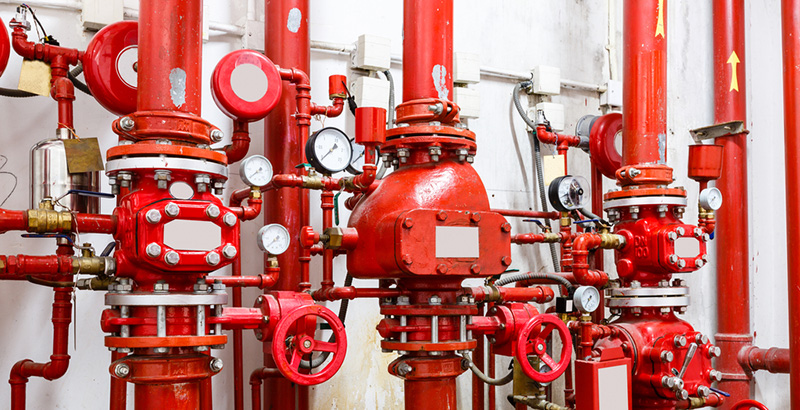Let children creative and make a different
Let children creative and make a different

This is a fast-paced program designed to present all major topics relative to the Fire Safety Systems Design & Engineering per NFPA. The program duration is 25 days of Full time Instruction consisting of concept theory, problem solving, design, detailed engineering along with a project.
The program duration is 30 days of Full time Instruction consisting of concept theory, problem solving, design, detailed engineering & drafting along with a project.
This course is applicable to mechanical and HVAC engineers, process engineers, architects, building designers, contractors, energy auditors, facility managers who are involved in the design and installation of plumbing systems.
This course aims to provide, in a structured manner, an organized and comprehensive framework for fire safety and building fire protection design. The course particularly aims to help those who have recently been given responsibility in fire safety and those who seek structured and comprehensive guidance on the fundamentals of fire safety design methods and approved practices. On completion of the course the participants should be in a position to make a significant contribution in the design of appropriate fire safety systems for a fairly complex building.